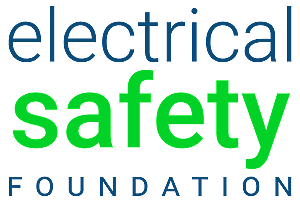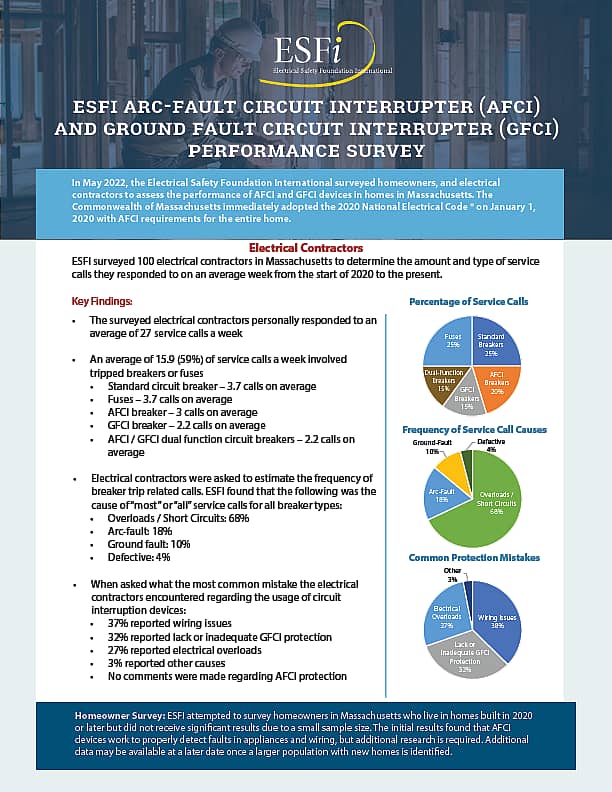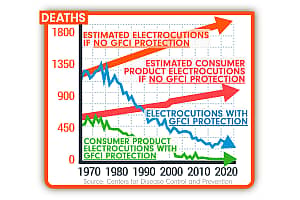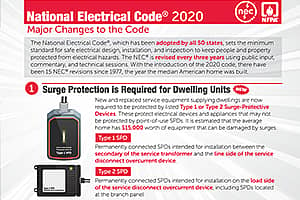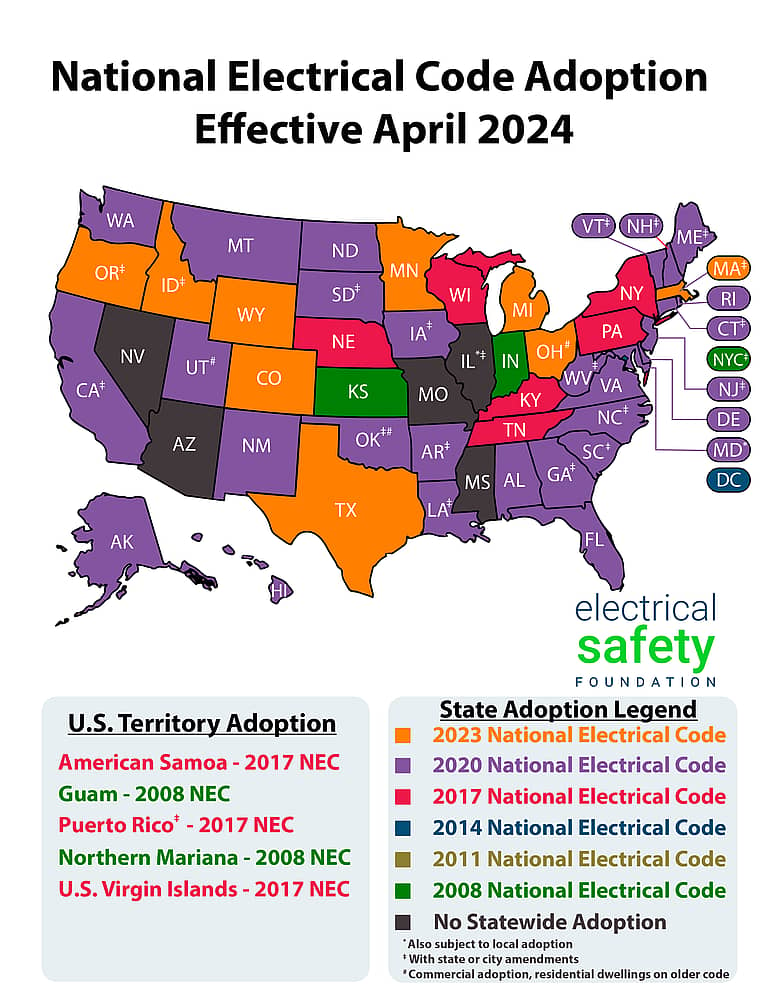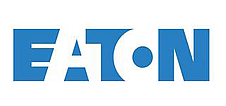In May 2022, the Electrical Safety Foundation International surveyed homeowners, and electrical contractors to assess the performance of AFCI and GFCI devices in homes in Massachusetts. The Commonwealth of Massachusetts immediately adopted the 2020 National Electrical Code ® on January 1, 2020 with AFCI requirements for the entire home.
Electrical Contractors
ESFI surveyed 100 electrical contractors in Massachusetts to determine the amount and type of service calls they responded to on an average week from the start of 2020 to the present.
Key Findings:
- The surveyed electrical contractors personally responded to an average of 27 service calls a week
- An average of 15.9 (59%) of service calls a week involved tripped breakers or fuses
- Standard circuit breaker – 3.7 calls on average
- Fuses – 3.7 calls on average
- AFCI breaker – 3 calls on average
- GFCI breaker – 2.2 calls on average
- AFCI / GFCI dual function circuit breakers – 2.2 calls on average
- Electrical contractors were asked to estimate the frequency of breaker trip related calls. ESFI found that the following was the cause of “most” or “all” service calls for all breaker types:
- Overloads / Short Circuits: 68%
- Arc-fault: 18%
- Ground fault: 10%
- Defective: 4%
- When asked what the most common mistake the electrical contractors encountered regarding the usage of circuit interruption devices:
- 37% reported wiring issues
- 32% reported lack or inadequate GFCI protection
- 27% reported electrical overloads
- 3% reported other causes
- No comments were made regarding AFCI protection
Homeowner Survey: ESFI attempted to survey homeowners in Massachusetts who live in homes built in 2020 or later but did not receive significant results due to a small sample size. The initial results found that AFCI devices work to properly detect faults in appliances and wiring, but additional research is required. Additional data may be available at a later date once a larger population with new homes is identified.
